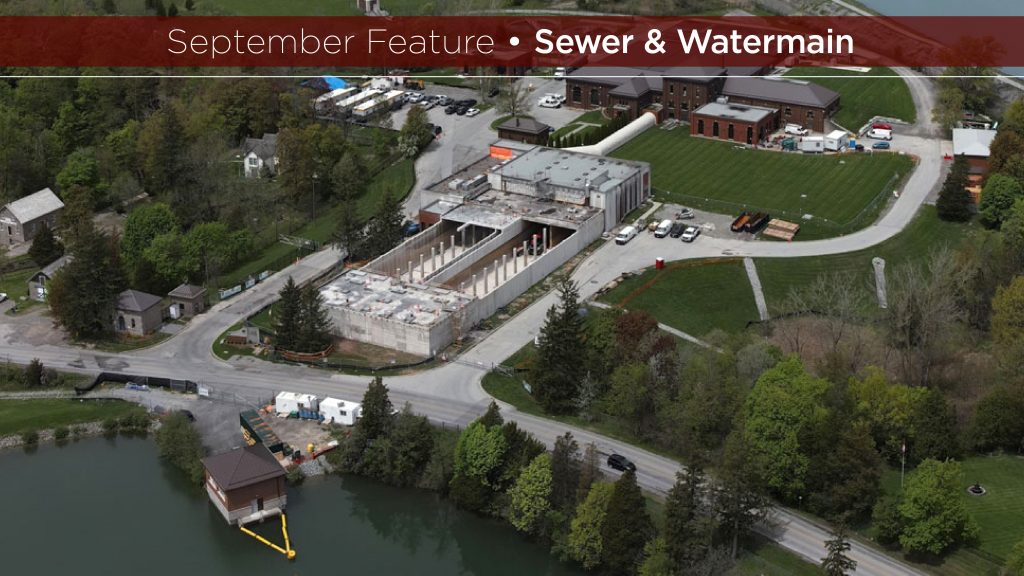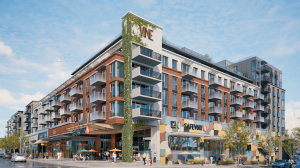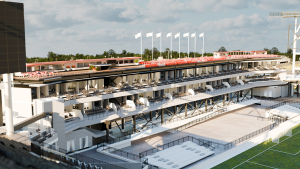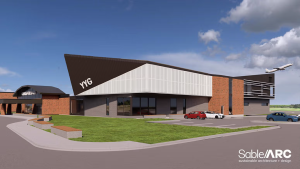A report from the Regional Municipality of Niagara shows that three, roughly century-old area water plants have a collective backlog of $280 million in overdue investment.
Terry Ricketts, the Niagara Region commissioner of public works, recently presented a report at a committee of the whole meeting that shows 44 per cent of water plant assets are in poor to very poor condition. This poses a risk to system failure as they continue on a slope of decline.
“Niagara Region has multi- barrier protection systems in place to ensure system failures would not affect public safety. However, system failures could lead to service interruptions,” the report states.
Vertical wastewater assets are of particular concern, with 49 per cent of these plant assets in poor to very poor condition and on the decline. For the assets in this state, the approximate replacement value is $1.3 billion.
A key finding in the report, “77 per cent of our regional water capacity is delivered by plants that are around 100 years old. Collectively, these plants have a backlog of more than $280 million of overdue investment for equipment in very poor condition.”
Three water plants are identified as being in very poor condition.
They are:
- Decrew Falls, 99-years-old that has a capacity of 227.3 million litres per day and a $195.3 million investment backlog.
- Niagara Falls, 94-years-old that has a capacity of 145.5 million litres per day and a $43 million investment backlog.
- Welland, 113-years-old that has a capacity of 65 million litres per day and a $41.1 million investment backlog.
- The wastewater plants identified in the report as being in very poor condition are:
- Niagara Falls, 61-years-old that has a capacity of 68.3 million litres per day and a $90.1 million backlog.
- Port Dalhousie, 55-years-old that has a capacity of 61.3 million litres per day and a $114.1 million backlog.
- Port Weller, 52-years-old that has a capacity of 56.1 million litres per day and a $95.5 million backlog.
- Welland, 56-years-old that has a capacity of 54.5 million litres per day and a $121 million backlog.
In examining the current investment versus the need, in 2024 the region is investing 49.2 per cent for water and 20.7 per cent for wastewater. The report states investing at 100 per cent would stop the decline in asset condition and eliminate the backlog in 10 years.
“At this pace, assets will continue to deteriorate and the backlog will grow. This will increase risk of system failure,” the report states.
In examining the situation from a budgetary standpoint, the 2023 financial plan recommended increasing annual contributions to capital of 5.15 per cent. At this rate, the asset base would continue to deteriorate from the current $1 billion backlog of equipment in very poor condition to nearly $2 billion in 10 years.
Other points brought to light in the report are:
- The current rate of investment does not provide funds for larger scale projects. Reserve balances are very low, which poses risk when old infrastructure fails and reserve funds are needed to respond.
- The current rate set by Niagara Region to provide regional water and wastewater services is $2 per day per household, which is significantly lower than comparative municipalities.
- Funds will be introduced in the 2025 budget for staff to continue to verify the condition of assets and identify critical asset risks.
- “The reality we are facing in Niagara is that we have a large amount of extremely old infrastructure which has been under invested in for many years. It is critical that the reality of our substantial backlog be addressed today and in the future through adequate and sustainable investment in our infrastructure to get us back on track,” said Ricketts.
- “We simply can’t risk the potential of our assets deteriorating to point of failure. Investment is essential for us to continue to provide the safe and reliable water and wastewater services they rely on day to day.”
Although city officials say public safety is not at risk due to layered protection systems that ensure safe drinking water, equipment failure is the threat and when that occurs, service would come to a halt.
To delve into the issues, the region is holding a budget workshop to specifically examine water and wastewater rates next month.
“Our goal in presenting the 2025 (water/wastewater) budget is to start with responsible increases in capital contributions and prioritizing those funds to address our assets at highest risk in the short term, and then continue to work on addressing the infrastructure backlog to help close the funding gaps over the next 10 years,” said Phill Lambert, director of water-wastewater services for Niagara Region.
“Achieving these longer-term goals will involve verifying condition assessments, updating our asset management and financial plans to better understand priorities and realistic funding strategies as well as advocating to other levels of government for infrastructure funding.”











Recent Comments
comments for this post are closed